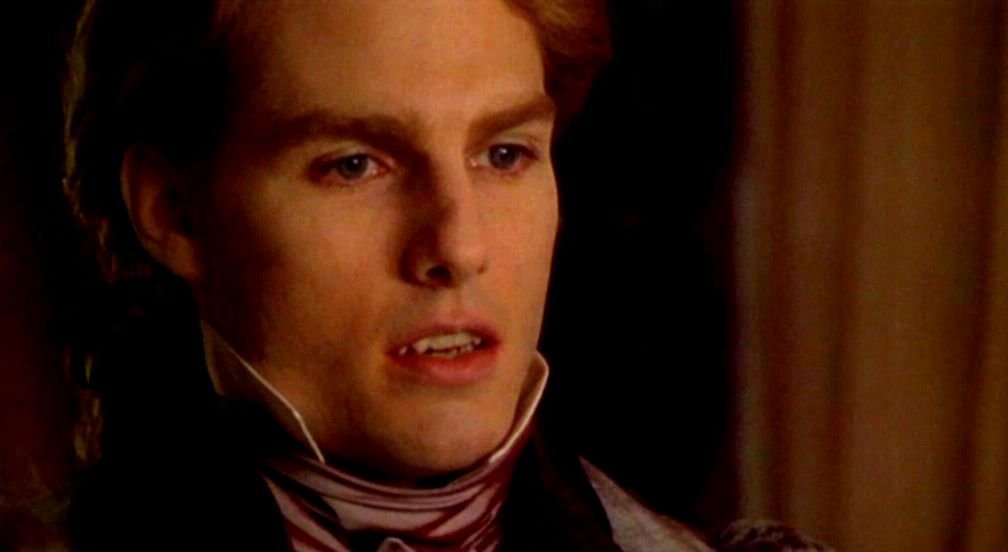Anne
Rice takes the legend of the vampire and transforms it for the modern era.
Previous iterations saw the vampire as a mindless creature whose only real
desire was for blood (or land in the case of Bram Stoker and Nosferatu - sort
of the Lex Luthors of the vampire world). No one cared where they came from or
what they were in their previous, human lives. The vampire-hunting human was
the hero of the story and the story wasn't over until the undead villain was
defeated, leaving nothing but a blood-stain or pile of ash on the floor. No
tears were shed upon their demise and we relished when the sun rose on a
morning without the evil vampire.

This
mindset existed until Anne Rice shattered it with Interview with a Vampire. She took the time to introduce us to the
vampire, not as a creature but as a character; someone rather than something. They
had a past that influenced who they were beyond their lust for blood. However,
she couldn’t ignore their sanguinary habits altogether and she didn’t. Instead
of making it a gory spectacle that causes the viewer to cover their eyes, she
makes it a sensual experience – the height of intimacy between two beings. This
combined with a rich, fully fleshed out history changed the archetype of the
vampire to what it is today.

What
followed is the age of the “heroic” vampire, whose sophistication is not merely
a product of guile but is genuine in nature. It is an age where the vampires
are the focus of the story and their human tormentors the villains. At the very
least, the vampire has become misunderstood and only trying to survive in their
new condition. Either way, the days of grabbing pitchforks and torches to
extinguish the dreaded blood-sucker are, for all intents and purposes, over.
I think this
was absolutely necessary in order for vampire stories to thrive in the modern
age. With society’s mindset being ever more open to those that are different,
it is no surprise that the vampire also benefits. After all, most of them did
not ask to be what they are. Lestat himself was abducted and, having been
turned, his maker threw himself into the fire. He had to endure with no real
knowledge of himself and no education about his condition. In that context, who
are we to judge?
Another thing that I'd like to point out about the changes brought about by Anne Rice was the introduction of heroic female vampires. While Anne Rice's characters mostly focus around the Brat Prince Lestat, it was her idea that we might not know everything we thought we knew about them that has allowed strong female vampires to exist. Previously, they were limited to being the concubines of Dracula or more like the succubus of lore.While this change is also due to modern sensibilities, I'd argue that these sensibilities are due in part to strong female artists like Anne Rice who made it the norm rather than the exception.
